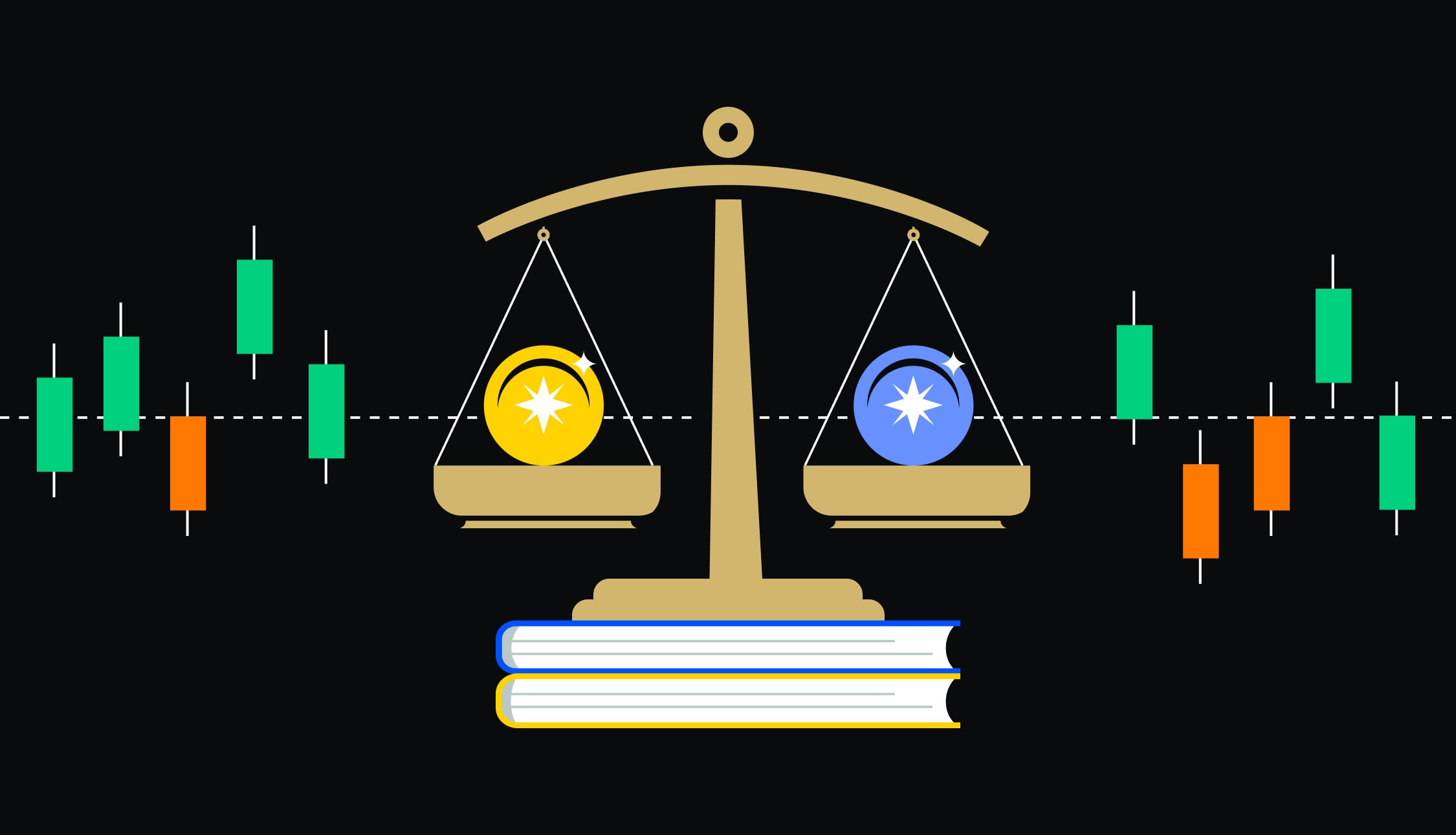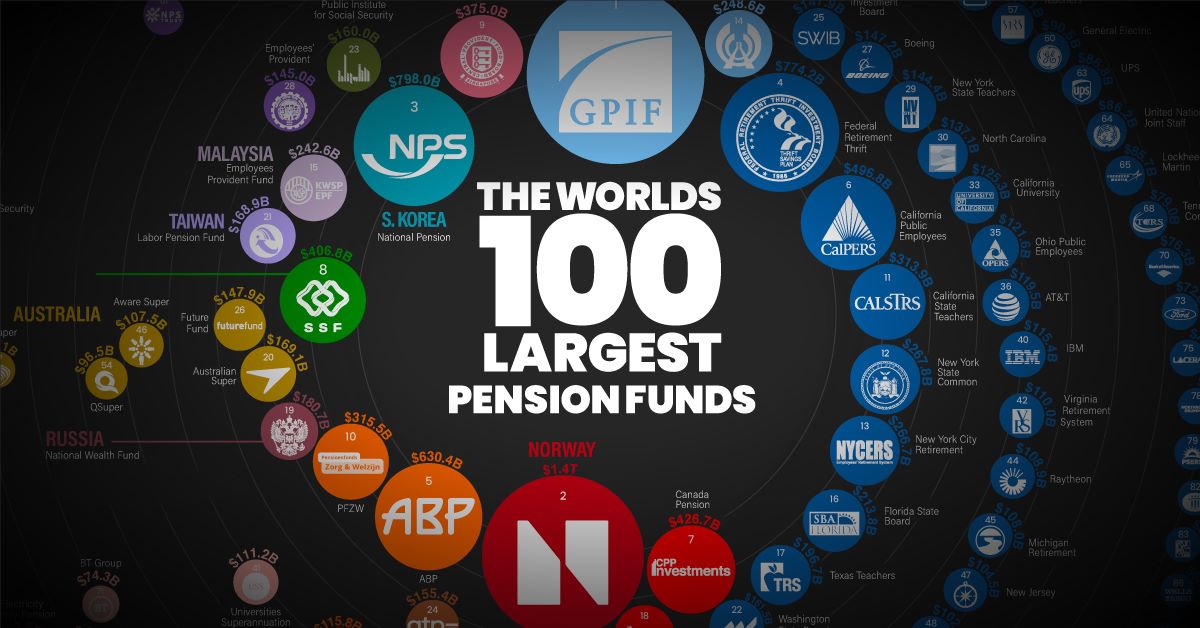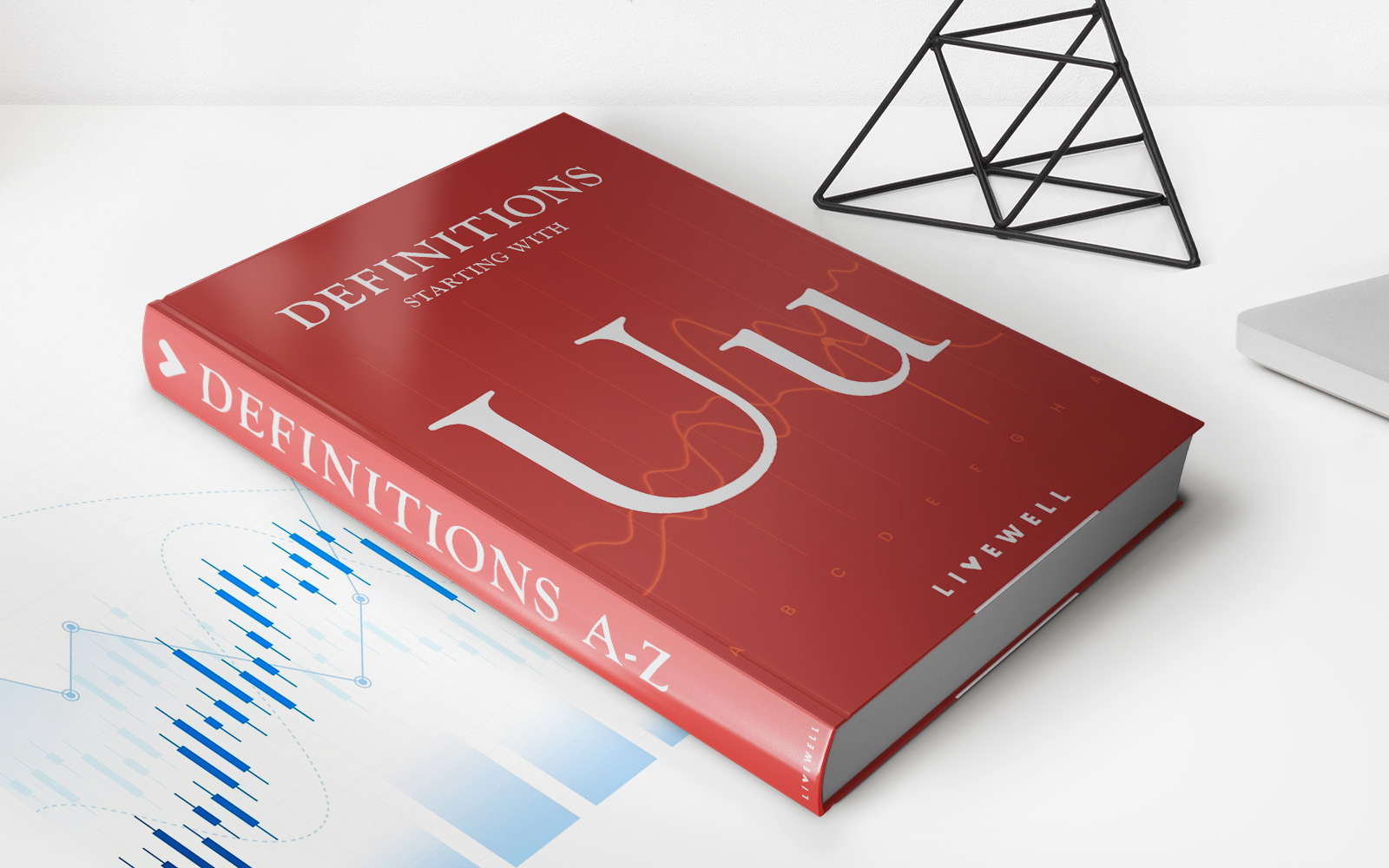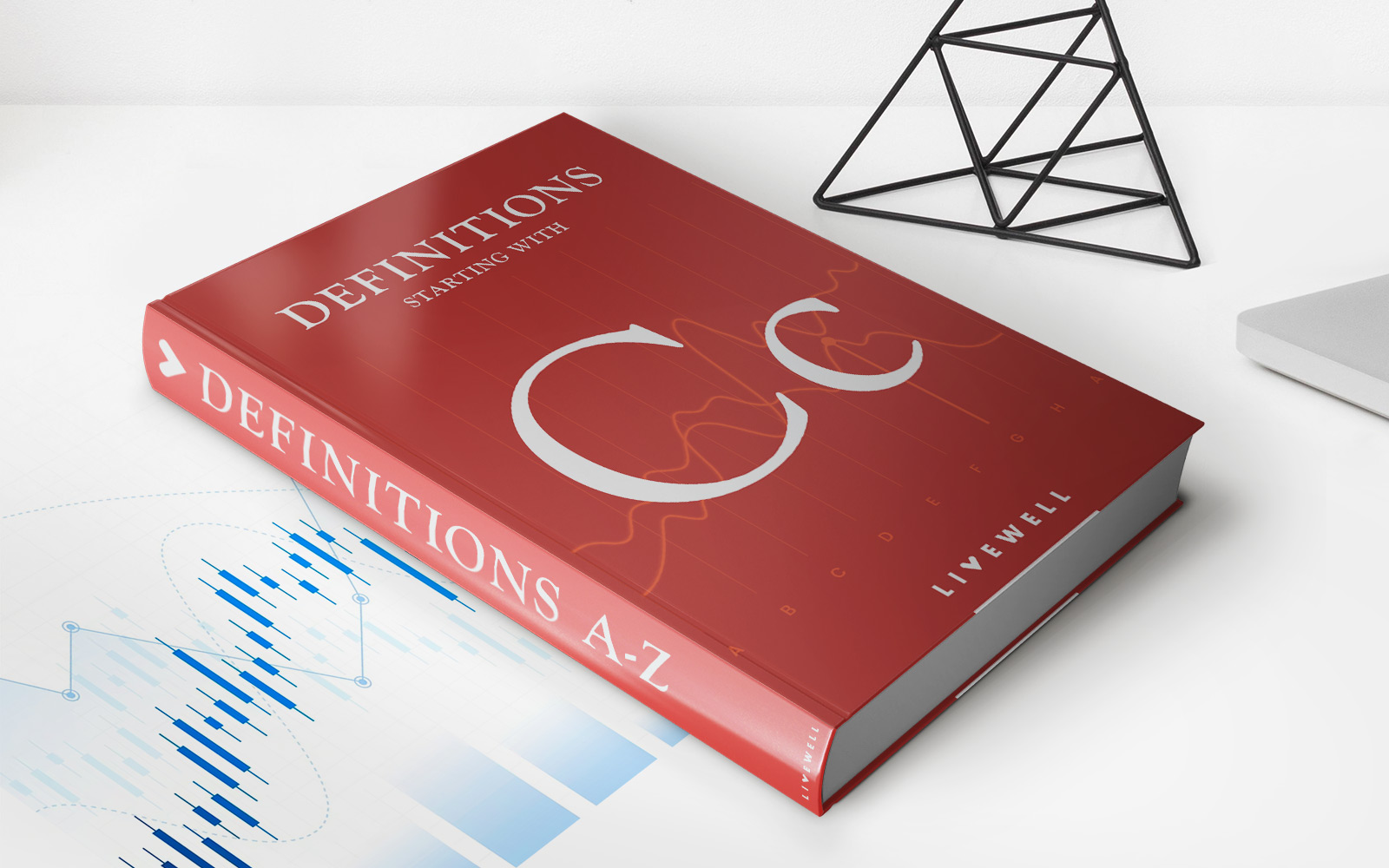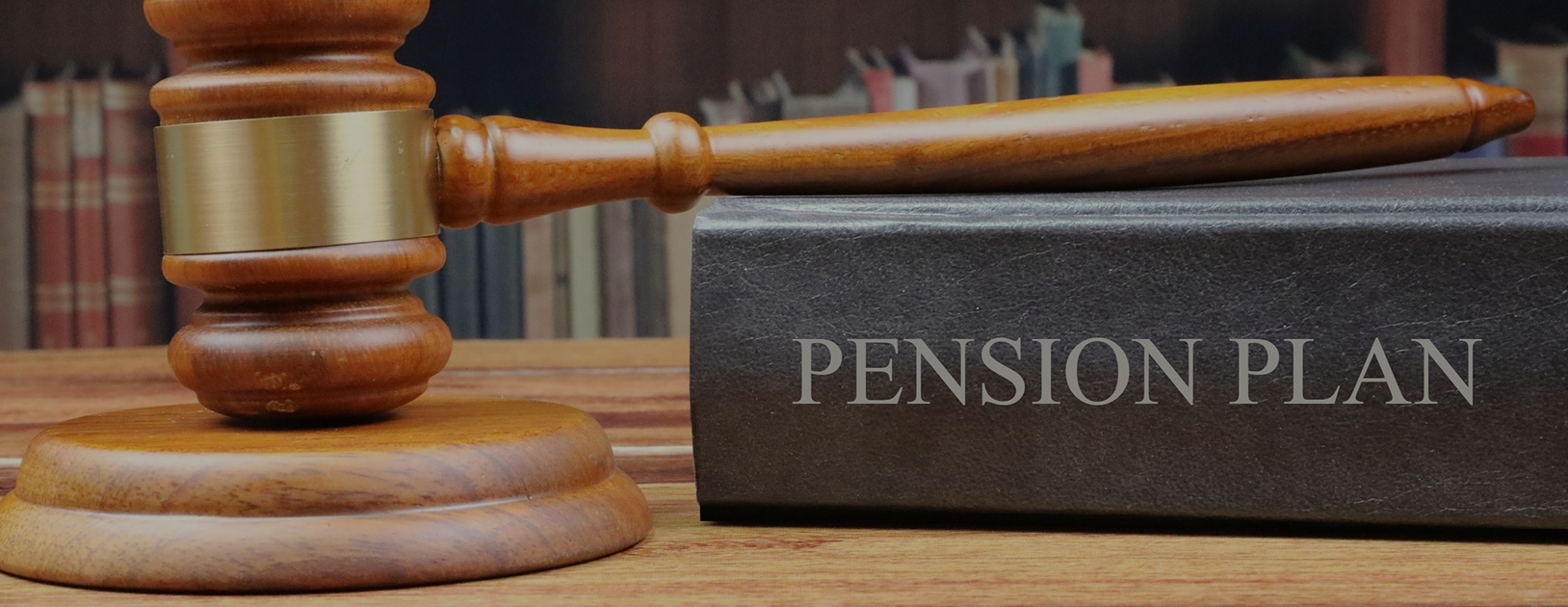

Finance
Which Law Regulates Private Pension Funds?
Published: January 23, 2024
Learn about the finance laws that govern private pension funds and ensure compliance with regulations for financial security and stability. Understand the legal framework for managing pension investments.
(Many of the links in this article redirect to a specific reviewed product. Your purchase of these products through affiliate links helps to generate commission for LiveWell, at no extra cost. Learn more)
Table of Contents
Introduction
Understanding the Regulatory Framework of Private Pension Funds
Private pension funds play a crucial role in securing the financial future of individuals and families. These funds, also known as employer-sponsored or corporate pensions, are established by employers to provide retirement benefits for their employees. The regulatory landscape governing private pension funds is intricate, encompassing various laws and oversight entities aimed at safeguarding the interests of plan participants and ensuring the proper management of pension assets.
Navigating the legal framework surrounding private pension funds is essential for both employers and employees. Understanding the regulatory laws that govern these funds is paramount to ensuring compliance and protecting the retirement savings of workers. In this article, we will delve into the key laws and regulatory bodies that shape the landscape of private pension funds, shedding light on their roles and impact.
Join us on this insightful journey as we explore the intricate web of regulatory measures that underpin the functioning of private pension funds, providing clarity on the legal safeguards and oversight mechanisms that uphold the integrity of these vital retirement vehicles.
Understanding Private Pension Funds
Private pension funds, also known as employer-sponsored or corporate pensions, are retirement plans established by employers to provide financial security for their employees during their post-employment years. These funds serve as a vital component of the overall retirement savings landscape, offering employees a structured means of accumulating resources to support themselves after they exit the workforce.
Private pension funds operate on the principle of regular contributions made by both the employer and the employee, with the accumulated funds being invested to generate returns over time. These contributions are typically made on a pre-tax basis, allowing for tax-deferred growth of the invested funds until withdrawal during retirement.
One of the key distinguishing features of private pension funds is the employer’s role as the sponsor and administrator of the plan. Employers have the responsibility of establishing and maintaining the pension fund, as well as selecting investment options and ensuring compliance with regulatory requirements. While employees benefit from the retirement plan, the ultimate oversight and management of the fund rest with the sponsoring employer.
Private pension funds offer employees a valuable opportunity to build a retirement nest egg through systematic contributions and investment growth. The funds are designed to provide a reliable source of income during retirement, supplementing other forms of retirement savings such as individual retirement accounts (IRAs) and social security benefits.
Understanding the mechanics of private pension funds is essential for employees to make informed decisions about their retirement planning. It is equally important for employers to grasp the intricacies of these funds to fulfill their fiduciary duties and ensure the financial well-being of their workforce.
As we continue our exploration, we will delve into the regulatory framework that governs private pension funds, shedding light on the laws and oversight entities that shape their operation and safeguard the interests of plan participants.
The Role of Regulatory Laws
Regulatory laws form the cornerstone of the legal framework that governs private pension funds, serving to protect the rights of plan participants and establish guidelines for the management and operation of these retirement vehicles. These laws are designed to ensure transparency, accountability, and prudent stewardship of pension assets, thereby safeguarding the financial security of employees as they transition into retirement.
Key aspects addressed by regulatory laws include the establishment of fiduciary standards for plan administrators and sponsors, the disclosure of plan information to participants, and the implementation of measures to mitigate conflicts of interest. Furthermore, these laws outline the requirements for funding, vesting, and benefit accrual, establishing the parameters within which private pension funds must operate to fulfill their intended purpose.
Compliance with regulatory laws is essential for employers and plan administrators to maintain the integrity of private pension funds and uphold their fiduciary responsibilities. By adhering to these laws, employers demonstrate their commitment to the financial well-being of their employees and the effective management of retirement assets.
Throughout the following sections, we will explore specific regulatory laws that exert a significant influence on private pension funds, shedding light on their provisions and implications for both employers and plan participants. Understanding the role of these laws is paramount for navigating the regulatory landscape and ensuring the prudent administration of private pension funds.
The ERISA Act
The Employee Retirement Income Security Act (ERISA) of 1974 stands as a landmark legislation that profoundly influences the landscape of private pension funds in the United States. Enacted to safeguard the interests of plan participants and beneficiaries, ERISA sets forth extensive requirements for the establishment, operation, and governance of employer-sponsored retirement plans, including pension funds and 401(k) plans.
One of the central tenets of ERISA is the imposition of fiduciary responsibilities on plan administrators and sponsors, compelling them to act in the best interests of plan participants and beneficiaries. This fiduciary duty encompasses the prudent management of plan assets, the disclosure of plan information, and the implementation of measures to mitigate conflicts of interest, thereby ensuring the protection of retirement benefits.
ERISA also mandates the reporting and disclosure of plan information to participants, providing them with clear and comprehensive details regarding plan features, funding, investment options, and vesting schedules. This transparency empowers employees to make informed decisions about their retirement savings and fosters accountability on the part of plan administrators and sponsors.
Furthermore, ERISA establishes the Pension Benefit Guaranty Corporation (PBGC), a federal agency tasked with insuring defined benefit pension plans and intervening in the event of plan termination. The PBGC serves as a safeguard, offering protection to plan participants in case of plan distress or employer insolvency, thereby bolstering the security of pension benefits.
Compliance with ERISA provisions is essential for employers and plan administrators, as non-adherence can result in severe penalties and legal repercussions. By adhering to the requirements set forth in ERISA, employers demonstrate their commitment to upholding the rights of their employees and ensuring the effective management of private pension funds.
Understanding the provisions of ERISA is crucial for employers, plan administrators, and employees alike, as it forms the bedrock of regulatory measures that govern private pension funds and reinforce the protection of retirement benefits.
The Role of the SEC
The Securities and Exchange Commission (SEC) plays a pivotal role in the oversight and regulation of private pension funds, particularly concerning the investment activities and securities offerings associated with these retirement vehicles. While the SEC’s primary mandate revolves around the regulation of the securities industry and the protection of investors, its influence extends to the realm of pension fund governance and investment practices.
One of the key areas where the SEC exerts its influence is in the registration and disclosure requirements for investment vehicles utilized by private pension funds. By imposing stringent regulations on the offering and sale of securities, the SEC aims to enhance transparency and mitigate the risks associated with investment activities, thereby safeguarding the interests of pension plan participants.
Furthermore, the SEC oversees the activities of investment advisers and asset managers who play a crucial role in managing the assets of private pension funds. By enforcing registration and compliance standards for these financial professionals, the SEC seeks to uphold the integrity of investment practices and protect the assets held within pension funds.
Additionally, the SEC’s enforcement authority enables it to investigate and take action against fraudulent or manipulative practices that could impact the investments held within private pension funds. This proactive stance serves to deter misconduct and preserve the value of pension assets, contributing to the overall security and stability of these retirement vehicles.
For employers and plan administrators, understanding the regulatory purview of the SEC is essential in ensuring compliance with applicable securities laws and regulations. By adhering to the SEC’s requirements, employers demonstrate their commitment to upholding the integrity of pension fund investments and protecting the financial interests of plan participants.
Overall, the SEC’s oversight of private pension fund investment activities reinforces the regulatory framework governing these retirement vehicles, fostering a climate of transparency, accountability, and investor protection within the realm of employer-sponsored retirement plans.
The Role of the IRS
While the Securities and Exchange Commission (SEC) focuses on the investment aspects of private pension funds, the Internal Revenue Service (IRS) plays a critical role in overseeing the tax implications and regulatory compliance related to these retirement vehicles. The IRS’s involvement extends to various facets of private pension funds, encompassing plan qualification, contribution limits, and tax treatment of contributions and distributions.
One of the fundamental responsibilities of the IRS in relation to private pension funds is the determination of plan qualification and compliance with tax-exempt status. The IRS sets forth stringent guidelines that pension plans must adhere to in order to maintain their tax-advantaged status, ensuring that the plans operate within the prescribed limits and fulfill the requirements outlined in the Internal Revenue Code.
Additionally, the IRS establishes contribution limits for various types of retirement plans, including defined benefit pensions and defined contribution plans such as 401(k)s. These limits serve to regulate the amount of funds that can be contributed to a pension plan on a tax-advantaged basis, thereby preventing excessive contributions that could potentially circumvent tax regulations.
Furthermore, the tax treatment of contributions and distributions from private pension funds falls within the purview of the IRS. The agency delineates the tax implications of employee and employer contributions to pension plans, as well as the taxation of distributions received by plan participants during retirement. This guidance is instrumental in ensuring compliance with tax laws and facilitating the proper administration of pension fund assets.
For employers and plan administrators, navigating the regulatory landscape outlined by the IRS is paramount to maintaining the tax-qualified status of private pension funds and upholding the favorable tax treatment afforded to these retirement vehicles. Adhering to the guidelines set forth by the IRS not only ensures compliance with tax regulations but also reinforces the financial benefits available to employees through participation in pension plans.
In essence, the IRS’s oversight of private pension funds serves to uphold the tax-advantaged status of these retirement vehicles, providing a framework that promotes the prudent administration of pension assets while delivering tax benefits to both employers and plan participants.
Conclusion
As we conclude our exploration of the regulatory framework governing private pension funds, it becomes evident that the intricate web of laws and oversight entities plays a pivotal role in safeguarding the financial security of employees and retirees. The Employee Retirement Income Security Act (ERISA) stands as a cornerstone of this regulatory landscape, imposing fiduciary responsibilities on plan administrators and sponsors while ensuring transparency and accountability in the management of pension assets.
Furthermore, the Securities and Exchange Commission (SEC) and the Internal Revenue Service (IRS) contribute significantly to the regulatory framework, overseeing the investment activities and tax implications of private pension funds, respectively. The SEC’s focus on securities regulation and investor protection aligns with its role in monitoring the investment practices associated with pension assets, while the IRS’s guidance on plan qualification and tax treatment reinforces the tax-advantaged status of pension plans.
For employers and plan administrators, a comprehensive understanding of these regulatory measures is imperative to ensure compliance, uphold fiduciary duties, and protect the retirement benefits of employees. By navigating the legal landscape and adhering to the provisions set forth by ERISA, the SEC, and the IRS, employers demonstrate their commitment to the financial well-being of their workforce and the effective management of private pension funds.
Ultimately, the regulatory framework surrounding private pension funds serves as a safeguard, preserving the integrity of retirement assets and providing employees with a reliable means of accumulating resources for their post-employment years. By upholding the principles and requirements outlined in the regulatory laws, employers and plan administrators contribute to the stability and security of private pension funds, reinforcing their role as essential components of the retirement savings landscape.
As we look to the future, continued adherence to regulatory laws and proactive engagement with oversight entities will remain essential in ensuring the longevity and efficacy of private pension funds, fostering a climate of trust, transparency, and financial security for employees as they prepare for retirement.





